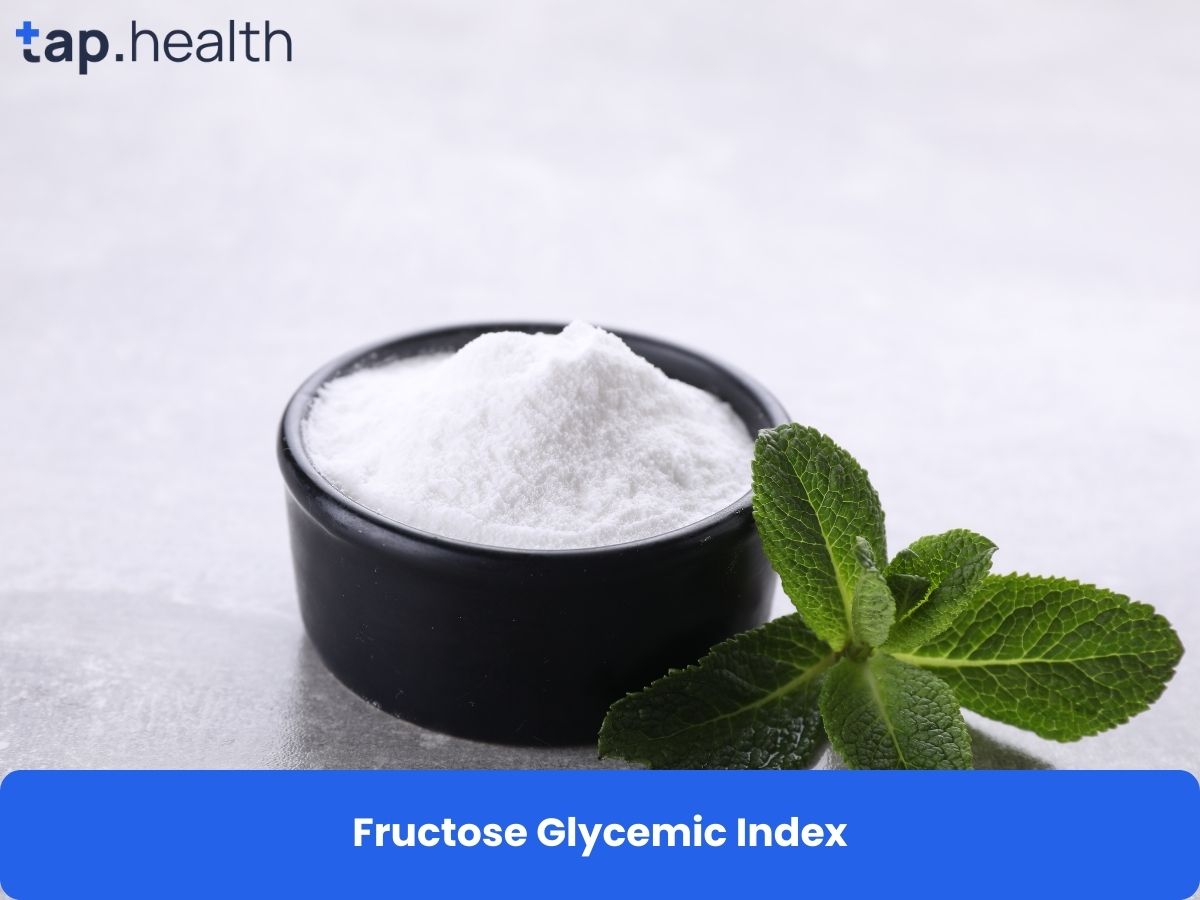Understanding Body pH Balance and Mixed Juices
What is body pH balance?
Body pH measures acidity or alkalinity on a scale of 0-14, with 7 neutral. Blood maintains 7.35-7.45 slightly alkaline for optimal enzyme activity, nutrient absorption, and immunity. Poor diet, stress, or toxins shift toward acidity, causing inflammation, fatigue, and chronic risks.
How do mixed juices help balance pH levels?
Mixed juices from fruits and vegetables provide alkaline-forming nutrients, enzymes, and antioxidants. They counteract acidity, support detoxification, and promote wellness naturally.
Alkaline-Forming Ingredients in pH Balancing Juices
Which ingredients are alkaline-forming for pH balance?
- Lemons and limes: Acidic tasting but alkalizing post-digestion; rich in vitamin C for detox and immunity.
- Leafy greens (spinach, kale, Swiss chard): High in magnesium, potassium, vitamins A/C for pH regulation and hydration.
- Cucumbers: Water-rich with minerals to flush toxins and reduce acidity.
- Celery: Electrolytes like sodium/potassium maintain balance and hydration.
- Avocados: Healthy fats reduce inflammation and support cellular pH.
What about acid-forming ingredients in juices?
Berries, apples, pineapples are nutritious but acidic; moderate to prioritize alkaline ones for effective pH balancing with mixed juices.
Real-Life Benefits of Mixed Juices for pH Levels
How did Jane use juices for pH balance?
38-year-old Jane fought fatigue/digestion from acidic foods. Daily spinach-celery-cucumber-lemon juice improved energy, reduced bloating, cleared skin in weeks.
What results did Mark see with alkaline juices?
45-year-old Mark eased inflammation/joint pain via carrot-beetroot-ginger juices. Monthly use cut stiffness, boosted energy, lowered stress.
Expert Insights on Balancing pH with Juices
Dr. Emily Johnson on alkaline environment: Recommends cucumber-spinach-celery juices for magnesium/potassium to alkalize, detox, reduce inflammation in arthritis/heart conditions.
Dr. Robert Turner on pH regulation: Balance acidic foods with kale/chard in juices; don’t eliminate acids but buffer with alkaline-forming vegetables.
Research Supporting pH Balance via Mixed Juices
How does alkaline diet reduce inflammation?
Study in The American Journal of Clinical Nutrition (2004) shows alkaline foods lower inflammation markers, preventing heart disease/arthritis via leafy greens/citrus.
What role do vegetable juices play in detoxification?
Journal of Nutritional Biochemistry (2016) finds beet/carrot juices support liver detox, cut oxidative stress, maintain balanced pH.
Practical Tips for pH Balancing Mixed Juices
How to incorporate juices daily?
Blend 70% alkaline (greens/cucumber) with 30% others. Drink 2-3 times weekly or daily; fresh, no added sugar.
Common questions on pH and juices:
- Can juices balance pH? Yes, alkaline ingredients reduce acidity.
- Best alkaline ingredients? Spinach, celery, kale, lemon, cucumber.
- Avoid all acidic foods? No, increase alkaline via juices.
- Juice frequency? 2-3x/week; daily enhances benefits.
- Too many juices harmful? Yes, excess sugar; moderate with whole foods.
How Can TapHealth Help Manage Diabetes with pH Balance?
Balancing pH supports overall health, including diabetes management by reducing inflammation and aiding metabolic function. Mixed juices with alkaline ingredients stabilize blood sugar indirectly through better nutrient absorption and detox. TapHealth offers personalized plans integrating pH-focused nutrition to control diabetes effectively.



